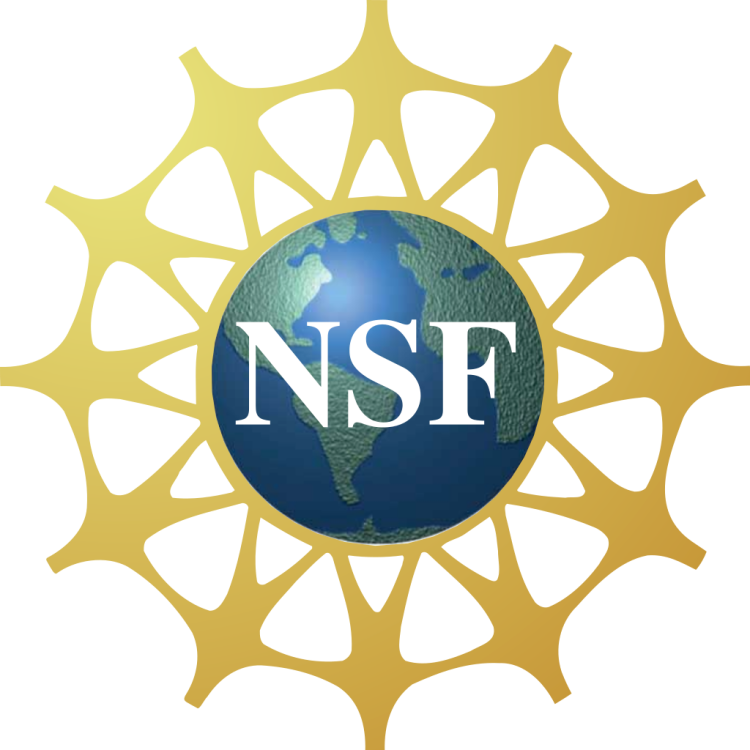22 CU Boulder engineering students earn major National Science Foundation fellowships

The national awards recognize and support outstanding grad students from across the country in science, technology, engineering and mathematics (STEM) fields who are pursuing research-based master’s and doctoral degrees.
Awardees receive a $37,000 annual stipend and cost of education allowance for the next three years as well as professional development opportunities.
CU Boulder is in the top universities 15 nationally for the NSF fellowship recipients for 2024, with 27 awardees across all majors. CU Engineering also has a strong track record with winning the fellowships — 28 students received GRFP awards in 2023,23 students received them in 2022, and 26 students received them in 2021.

